
The Enchanting Wilderness of Shasta Cascade
Discover the natural wonders and historic charm of Shasta Cascade, California—a paradise for outdoor enthusiasts, nature lovers, and history buffs alike.
Nestled in the northeastern corner of California, Shasta Cascade is a hidden gem brimming with natural beauty and adventure. This region offers a diverse landscape, from towering volcanic peaks and lush forests to serene lakes and roaring waterfalls. The centerpiece is Mount Shasta, a majestic, snow-capped volcano that stands as a beacon for outdoor enthusiasts. Whether you're into hiking, skiing, or simply soaking in the breathtaking views, Mount Shasta provides a playground for all seasons. The Shasta Cascade region is also home to a wealth of state parks, including Lassen Volcanic National Park. Here, you can marvel at steaming fumaroles, boiling springs, and the stunning Lassen Peak. The park's unique geological features and vibrant wildlife make it a must-see for nature lovers and photographers alike. For those seeking a more tranquil experience, Shasta Lake offers a perfect retreat. Known as the houseboat capital of the world, the lake's crystal-clear waters are ideal for swimming, fishing, and kayaking. The surrounding Shasta-Trinity National Forest provides ample opportunities for camping and hiking, ensuring a serene escape from the hustle and bustle of city life. Rich in history, the Shasta Cascade region also boasts numerous charming small towns and historic sites. Explore the Gold Rush town of Weaverville, with its well-preserved 19th-century buildings and fascinating Joss House State Historic Park. Or visit the city of Redding, home to the impressive Sundial Bridge and the Turtle Bay Exploration Park. These cultural landmarks offer a glimpse into the region's storied past and vibrant present.
Local tips in Shasta Cascade
- Best Time to Visit: Late spring to early fall for ideal weather and access to outdoor activities.
- Stay Hydrated: The elevation and outdoor activities can be demanding. Carry plenty of water.
- Layer Up: Weather can change quickly, especially in the mountains. Dress in layers.
- Local Cuisine: Don't miss trying local trout and other fresh catches from the region's lakes and rivers.
- Permits: Some areas, like Lassen Volcanic National Park, may require permits for camping and certain activities. Check ahead.
The Enchanting Wilderness of Shasta Cascade
Nestled in the northeastern corner of California, Shasta Cascade is a hidden gem brimming with natural beauty and adventure. This region offers a diverse landscape, from towering volcanic peaks and lush forests to serene lakes and roaring waterfalls. The centerpiece is Mount Shasta, a majestic, snow-capped volcano that stands as a beacon for outdoor enthusiasts. Whether you're into hiking, skiing, or simply soaking in the breathtaking views, Mount Shasta provides a playground for all seasons. The Shasta Cascade region is also home to a wealth of state parks, including Lassen Volcanic National Park. Here, you can marvel at steaming fumaroles, boiling springs, and the stunning Lassen Peak. The park's unique geological features and vibrant wildlife make it a must-see for nature lovers and photographers alike. For those seeking a more tranquil experience, Shasta Lake offers a perfect retreat. Known as the houseboat capital of the world, the lake's crystal-clear waters are ideal for swimming, fishing, and kayaking. The surrounding Shasta-Trinity National Forest provides ample opportunities for camping and hiking, ensuring a serene escape from the hustle and bustle of city life. Rich in history, the Shasta Cascade region also boasts numerous charming small towns and historic sites. Explore the Gold Rush town of Weaverville, with its well-preserved 19th-century buildings and fascinating Joss House State Historic Park. Or visit the city of Redding, home to the impressive Sundial Bridge and the Turtle Bay Exploration Park. These cultural landmarks offer a glimpse into the region's storied past and vibrant present.
When is the best time to go to Shasta Cascade?
Iconic landmarks you can’t miss
Mt. Shasta Sisson Museum
Explore the history and culture of Mt. Shasta at the Sisson Museum, featuring fascinating exhibits and a historic fish hatchery.
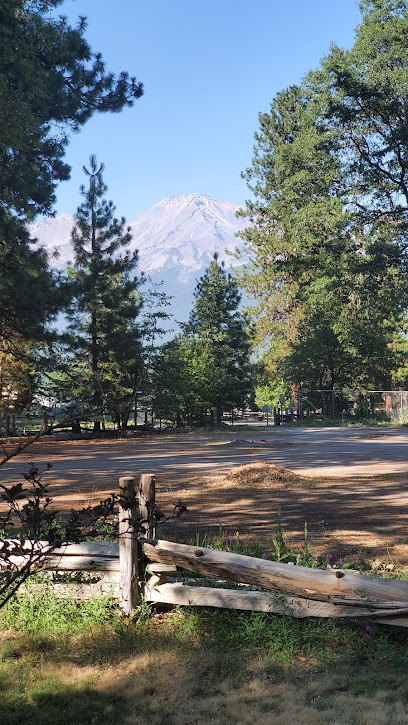
Headwaters Spring
Experience the tranquil beauty of Headwaters Spring in Mount Shasta, where crystal-clear waters meet breathtaking landscapes for a perfect outdoor retreat.
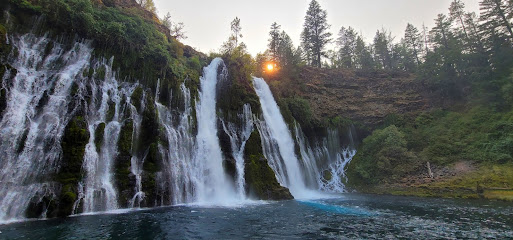
Belnap Fountain
Discover the tranquil beauty of Belnap Fountain in Dunsmuir, California, where nature and serenity come together in a picturesque setting.
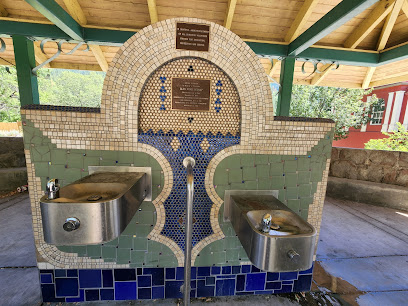
Fort Reading
Explore Fort Reading: A Historical Landmark in Anderson, California, where military history meets scenic beauty.
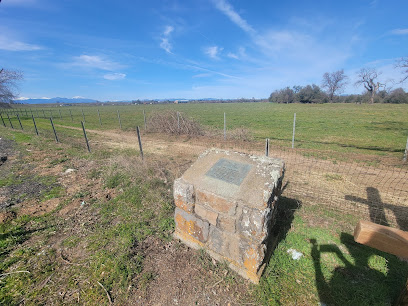
Pit River Falls
Experience the tranquility and natural beauty of Pit River Falls, a breathtaking waterfall in Northern California's captivating wilderness.
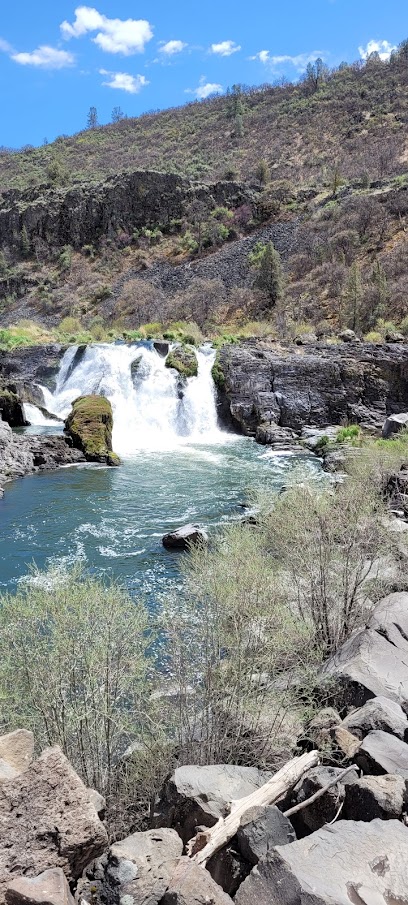
Reading Adobe California historical site
Explore Reading Adobe in Cottonwood, California—a captivating historical landmark that showcases the architectural heritage of early Californian settlers.

Shasta Cascade Wonderland Association
Explore the breathtaking landscapes and rich heritage of Northern California at the Shasta Cascade Wonderland Association, your gateway to adventure.
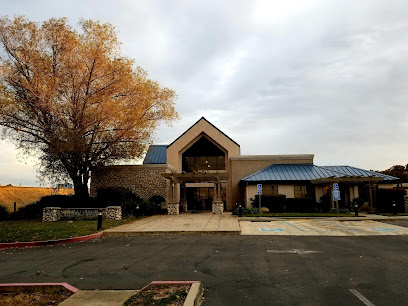
Unmissable attractions to see
Sundial Bridge
Experience the beauty and innovation of the Sundial Bridge in Redding, California, where nature meets architecture along the Sacramento River.
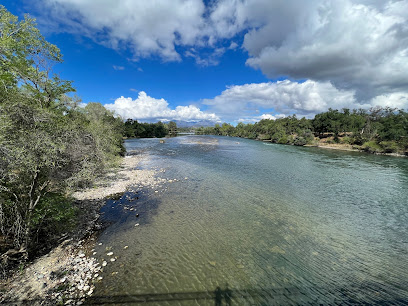
Shasta-Trinity National Forest
Discover the breathtaking beauty of Shasta-Trinity National Forest, a natural paradise perfect for outdoor adventures and serene escapes.
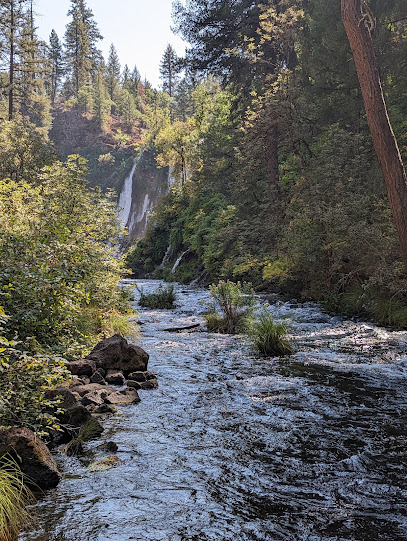
Turtle Bay Exploration Park
Explore the beauty of nature and culture at Turtle Bay Exploration Park, a premier destination in Redding, California, featuring gardens, a museum, and wildlife.
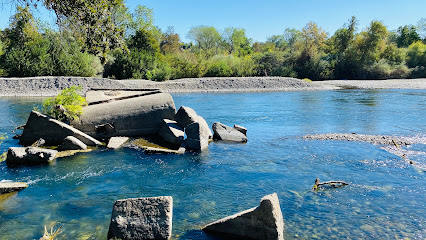
Shasta Dam
Explore the Shasta Dam, a stunning hydroelectric power plant showcasing breathtaking views and enriching educational experiences in California's natural landscape.
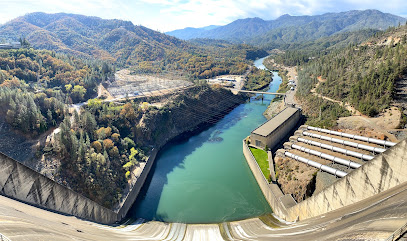
Castle Crags State Park
Discover the breathtaking beauty of Castle Crags State Park, a true gem of Northern California with stunning views, hiking trails, and outdoor adventures.
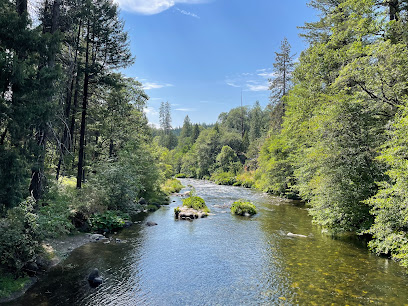
Mt. Shasta Ski Park
Discover the thrill of winter sports and stunning views at Mt. Shasta Ski Park, your ultimate destination for skiing and snowboarding in California.
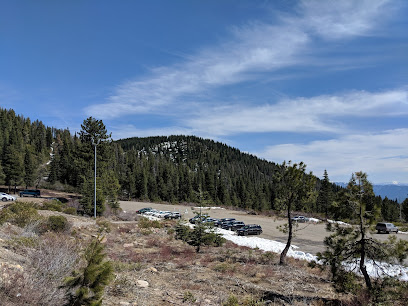
Hedge Creek Falls
Explore Hedge Creek Falls, a breathtaking waterfall in Dunsmuir, California, offering scenic hiking trails and a unique behind-the-falls experience.

McCloud Falls - Upper Fall
Experience the breathtaking beauty of McCloud Falls - Upper Fall, a stunning natural attraction in Northern California perfect for outdoor adventures and serene escapes.

Oasis Fun Center
Experience endless fun at Oasis Fun Center in Shasta Lake with thrilling go-karts, laser tag, and miniature golf for all ages!
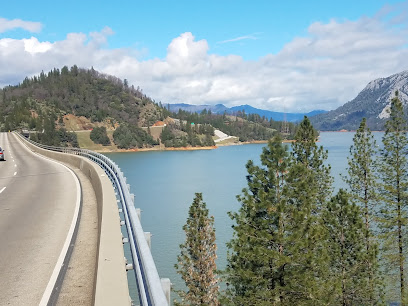
Mount Shasta Vista Point
Discover stunning panoramic views and serene nature at Mount Shasta Vista Point, an unforgettable scenic escape in California's majestic landscape.
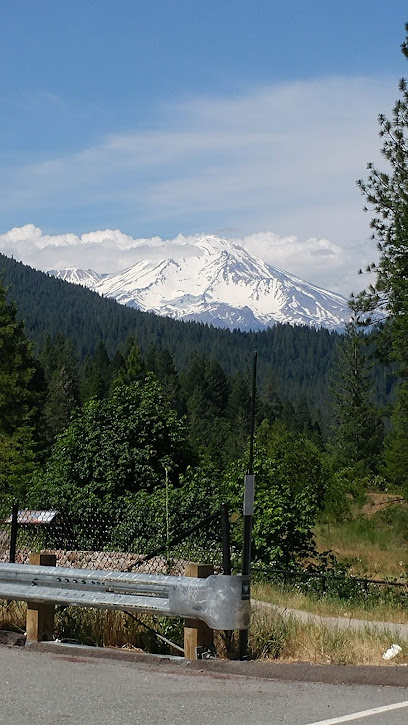
Mt. Shasta Sisson Museum
Explore local history and the beauty of nature at the Mt. Shasta Sisson Museum, a fascinating tourist attraction that captures the essence of the region.

Pluto's Cave
Discover the enchanting beauty of Pluto's Cave in Montague, California, a stunning volcanic cave filled with mesmerizing formations and rich natural history.
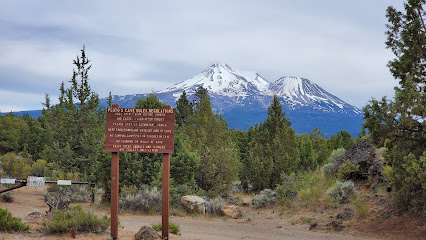
McCloud River Falls Trailhead
Experience unparalleled natural beauty at McCloud River Falls Trailhead, where stunning waterfalls and vibrant landscapes await outdoor enthusiasts in California.
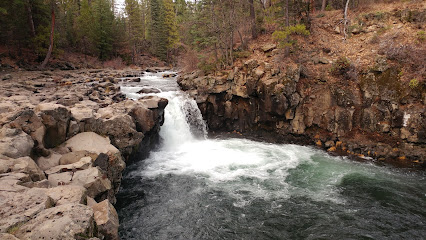
Shasta Dam Visitors Center
Explore the Shasta Dam Visitors Center - a gateway to nature, history, and stunning views of California's largest dam.
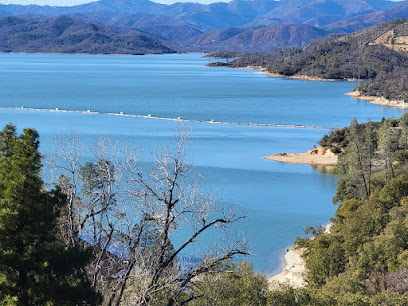
Castle Lake Trail
Explore the breathtaking Castle Lake Trail in Dunsmuir, CA—an unforgettable hiking experience surrounded by stunning views of Mount Shasta and lush nature.
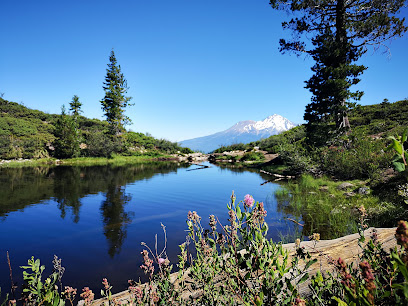
Essential places to dine
Black Bear Diner Mt. Shasta
Discover hearty American cuisine at Black Bear Diner Mt. Shasta - perfect for families and breakfast enthusiasts seeking comfort food in a charming setting.
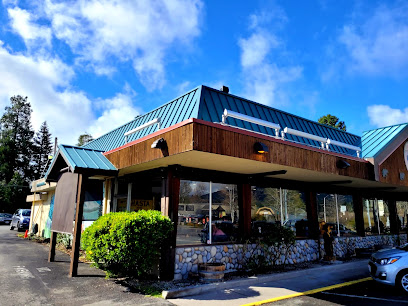
Hari Om Shri Ram | Indian Cuisine
Experience authentic modern Indian cuisine at Hari Om Shri Ram in Mt. Shasta - where every dish tells a story.
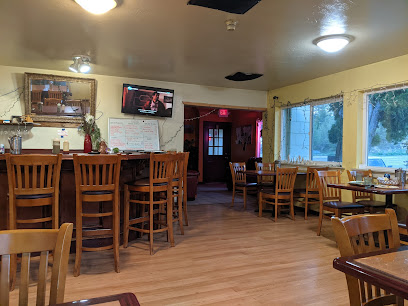
Yaks Shack
Experience the vibrant culinary scene at Yaks Shack in Mt. Shasta—where delicious burgers meet artisanal coffee in an artistic setting.

McDonald's
Experience quick bites and familiar flavors at McDonald's in Shasta Lake – your go-to fast food destination for travelers!
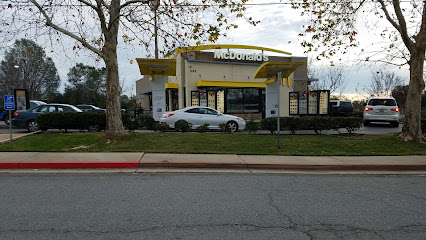
Seven Suns Coffee & Cafe
Discover the delightful flavors of California at Seven Suns Coffee & Cafe in Mt. Shasta - your cozy stop for coffee and delicious meals.
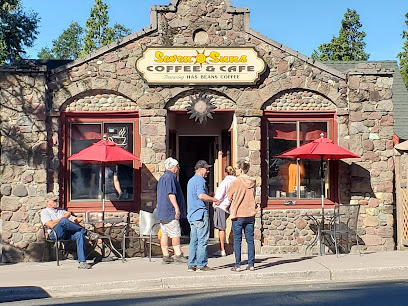
Casa Ramos Méxican Restaurant
Experience the vibrant flavors of authentic Mexican cuisine at Casa Ramos in the beautiful town of Mt. Shasta.
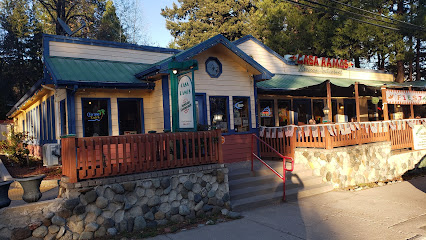
Say Cheese Pizza
Discover the ultimate pizza experience at Say Cheese Pizza in Mt Shasta - where every bite is a taste of happiness!
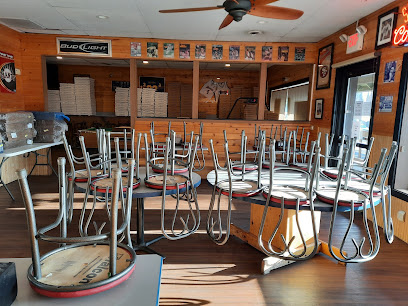
Old Mill Eatery & Smokehouse
Discover the best barbecue and American comfort food at Old Mill Eatery & Smokehouse in scenic Shasta Lake.
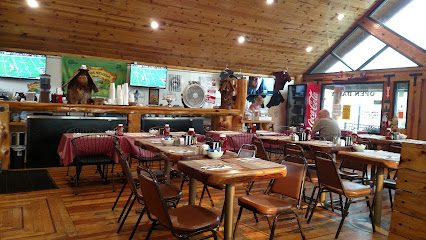
Lilys Restaurant
Discover exceptional Californian cuisine at Lilys Restaurant in Mt. Shasta - perfect for breakfast, brunch, lunch or dinner.

Pipeline Craft Taps & Kitchen
Savor exquisite tapas and tacos at Pipeline Craft Taps & Kitchen in Mt. Shasta – a culinary haven for food lovers!
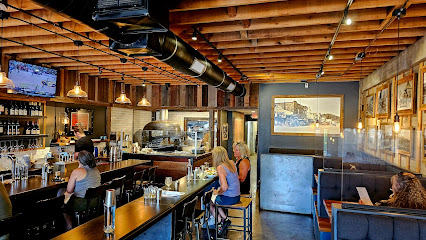
Bistro 107
Experience exquisite American cuisine at Bistro 107—Mt. Shasta's favorite bistro known for its delicious hamburgers and warm ambiance.
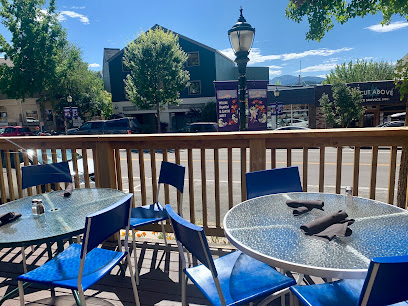
Mike & Tony's Restaurant
Experience authentic Italian cuisine at Mike & Tony's Restaurant in beautiful Mt. Shasta—where every meal feels like a journey to Italy.
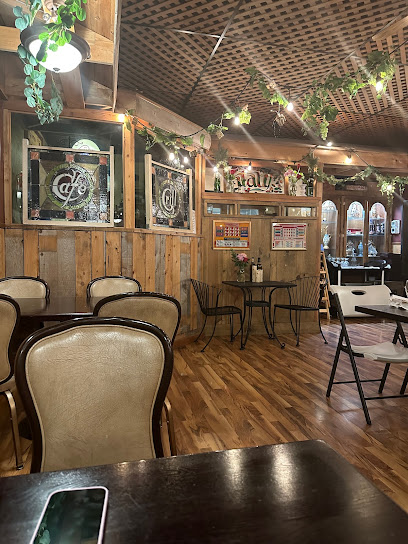
Huff's at Bridge Bay
Experience delightful American cuisine with stunning views at Huff's at Bridge Bay in Redding, California.
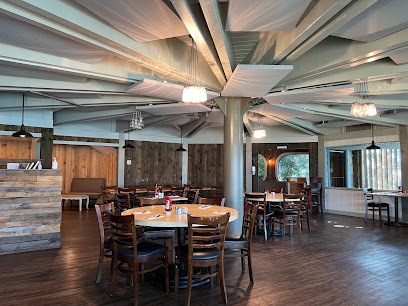
Phuket Thai Café
Discover the rich flavors of Thailand at Phuket Thai Café in Mt. Shasta—where culinary tradition meets cozy ambiance.
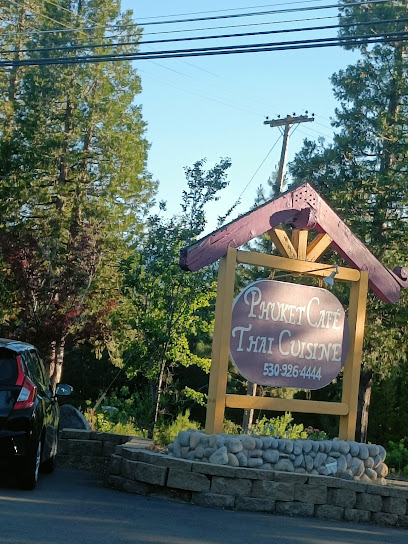
Andaman | Healthy Thai Cuisine
Experience authentic Thai cuisine at Andaman in Mt. Shasta - where healthy meets delicious in every bite.
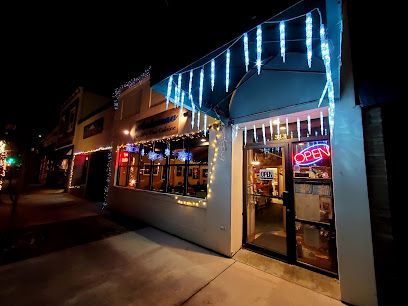
Markets, malls and hidden boutiques
Mt. Shasta Mall
Explore the best of shopping and dining at Mt. Shasta Mall, a vibrant hub in Redding, California, perfect for families and fashion enthusiasts alike.
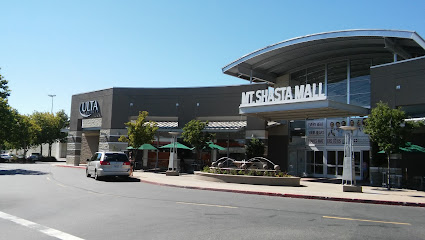
The Weed Store
Explore The Weed Store in Weed, CA for unique gifts, souvenirs, and T-shirts that celebrate local culture and creativity.
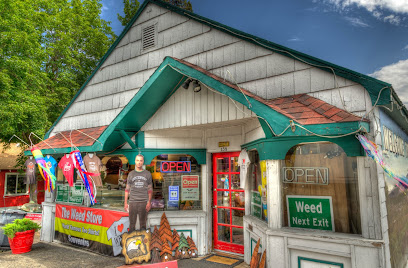
Seven Suns Coffee & Cafe
Discover the charm of Seven Suns Coffee & Cafe, where delectable breakfast, artisan pastries, and exceptional coffee await in the heart of Mt. Shasta.
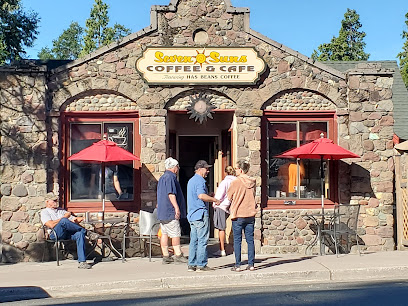
Mount Shasta Super Market
Explore local flavors at Mount Shasta Super Market, your go-to grocery store for fresh produce, deli delights, and catering services in picturesque Mount Shasta.
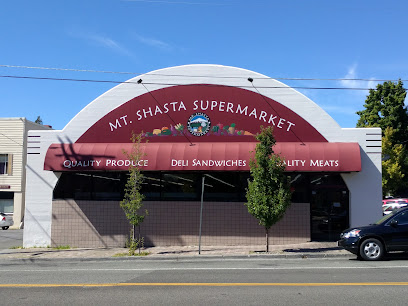
Soul Connections
Explore a treasure trove of spiritual gifts, crystals, and holistic wellness products at Soul Connections in Mt. Shasta, California.

Mt. Shasta Shopping Center
Experience the charm of Mt. Shasta Shopping Center, where shopping and dining meet stunning mountain views in California.
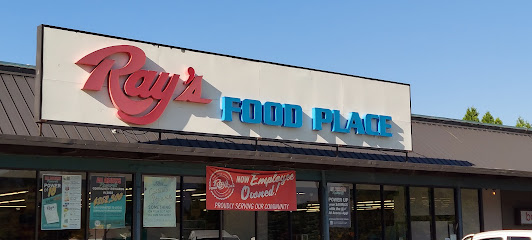
The Crystal Room, Crystal Tones at Mount Shasta
Experience the magical allure of crystals and collectibles at The Crystal Room in Mount Shasta, a haven for nature lovers and spiritual seekers alike.
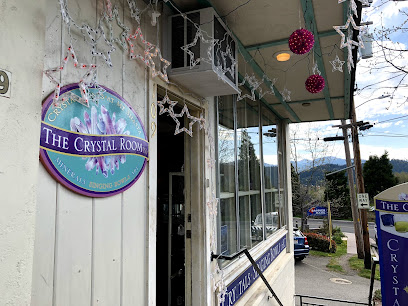
Enjoy Weed Shack
Discover unique souvenirs and local treasures at Enjoy Weed Shack in Weed, California, where every item tells a story.
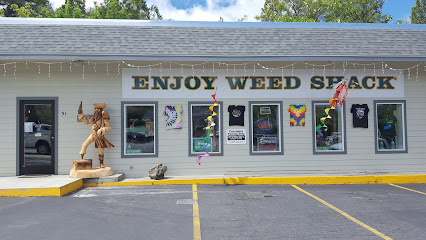
Velvet Elephant Art Center & Fair Trade Emporium
Explore a unique blend of art supplies and fair trade gifts at Velvet Elephant, your creative haven in Mt. Shasta.
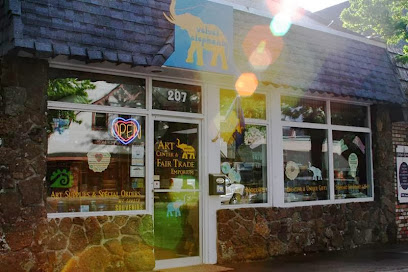
Crystal Matrix Gallery
Explore unique gifts and local artistry at Crystal Matrix Gallery, the gem of Mt. Shasta's shopping scene.
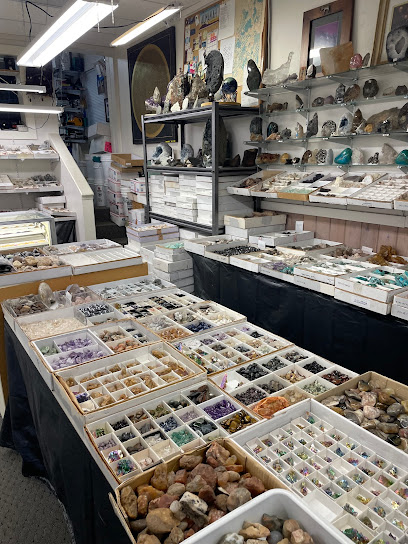
ACE Hardware
Explore ACE Hardware in Mt. Shasta for all your home improvement needs, with expert advice and a wide selection of quality tools and supplies.
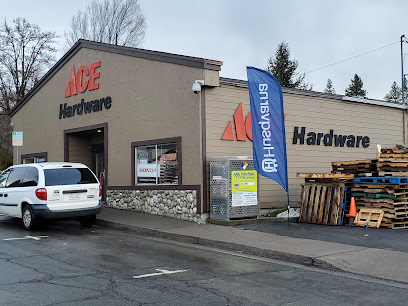
Siskiyou Humane Society Thrift Store
Unearth unique treasures while supporting local animal welfare at Siskiyou Humane Society Thrift Store in Mt. Shasta.

Weston's Quilting and Fiber Arts
Discover creativity at Weston's Quilting and Fiber Arts in Mt. Shasta, where a vibrant fabric and yarn selection awaits every crafting enthusiast.
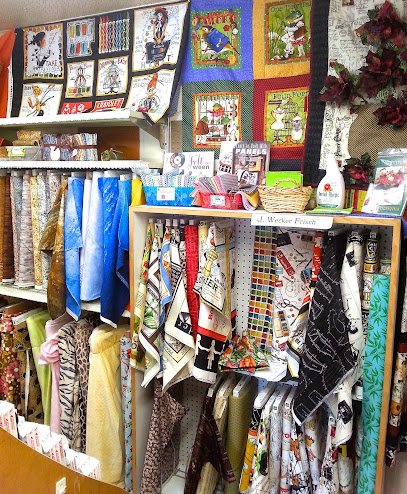
Crystal Keepers
Discover the magic of crystals and unique artisan crafts at Crystal Keepers in Mt. Shasta, your destination for spiritual treasures and local art.
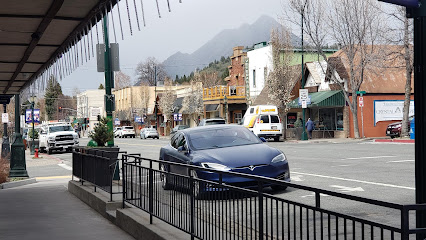
Raven Tree
Explore Raven Tree in Mt. Shasta for unique gifts and treasures that embody the spirit of northern California's stunning landscapes.

Essential bars & hidden hideouts
Black Bear Diner Mt. Shasta
Experience the charm and flavors of classic American dining at Black Bear Diner Mt. Shasta, perfect for families and food enthusiasts.
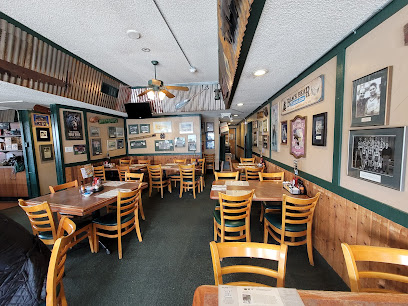
Pipeline Craft Taps & Kitchen
Experience a unique blend of tapas and tacos at Pipeline Craft Taps & Kitchen in Mt. Shasta, where flavor meets adventure and every meal is a celebration.
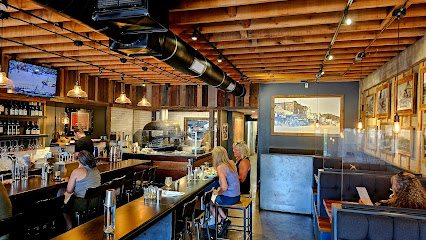
Bistro 107
Experience culinary excellence at Bistro 107, a charming American bistro in the heart of Mt Shasta, known for its delicious burgers and inviting ambiance.
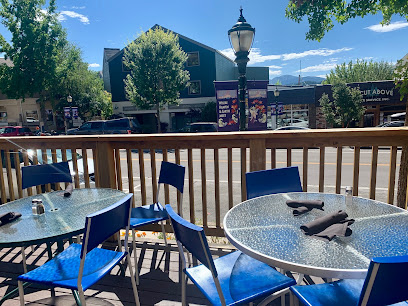
Castle Lounge
Discover the inviting atmosphere of Castle Lounge in Redding, CA, where great drinks and friendly vibes create the perfect retreat.
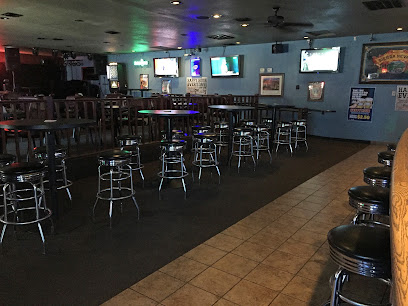
Basshole Brews
Discover the perfect blend of craft beers and delicious food at Basshole Brews, your lakeside retreat in Lakehead, California.
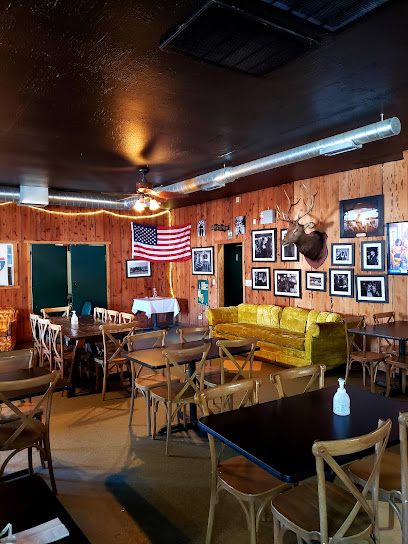
Mike & Tony's Restaurant
Experience authentic Italian cuisine at Mike & Tony's Restaurant, where every dish tells a story of flavor and tradition in beautiful Mt. Shasta.
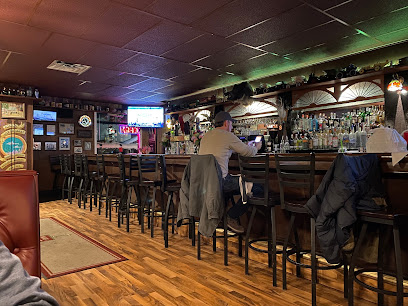
Riddick's Sports Pub
Experience the thrill of sports at Riddick's Sports Pub in Redding, California, where great food and good company meet.

Vintage Public House
Experience the best of American cuisine and crafted cocktails at Vintage Public House in Redding, CA, where flavors meet a vibrant atmosphere.
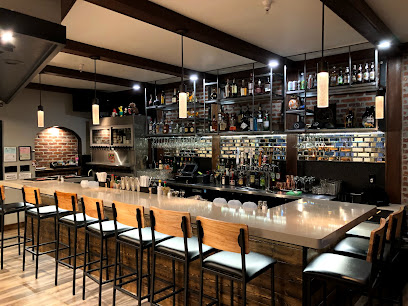
The Dip
Experience Redding's vibrant nightlife at The Dip, where live music meets a lively bar scene in the heart of downtown.
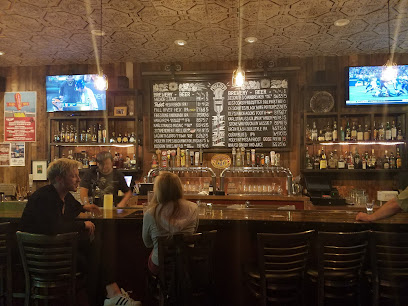
Rusty Nail
Discover Rusty Nail, a charming bar near Mount Shasta Mall in Redding, CA, offering a cozy atmosphere and a diverse drink menu.
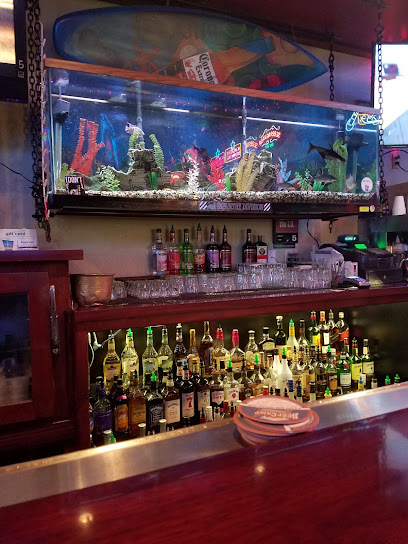
All Stars Sports Bar
All Stars Sports Bar: A lively sports bar in Anderson, CA, perfect for enjoying games, drinks, and delicious pub fare with friends.

Mount Shasta Brewing Co.
Discover the essence of craft brewing at Mount Shasta Brewing Co., where local flavors meet stunning views of Mount Shasta.
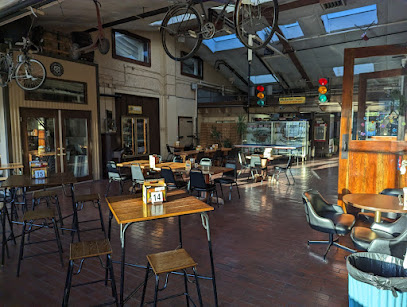
1724 Downtown Bar & Grill
Experience the vibrant flavors and welcoming atmosphere at 1724 Downtown Bar & Grill in Redding, CA, where every meal is a celebration.
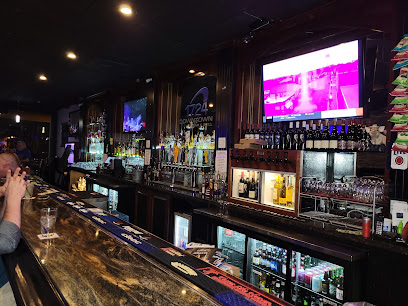
Sparky’s Landing
Discover the culinary magic at Sparky's Landing in Mt. Shasta, where local flavors and warm hospitality unite for an unforgettable dining experience.
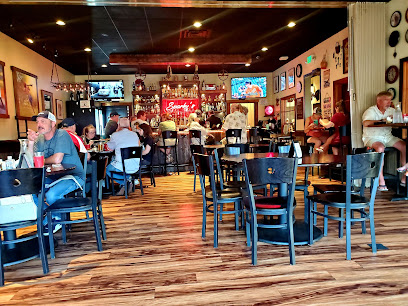
Showboat Lounge
Experience the vibrant atmosphere of Showboat Lounge in Redding, CA, where cocktails, sports, and fun come together in perfect harmony.
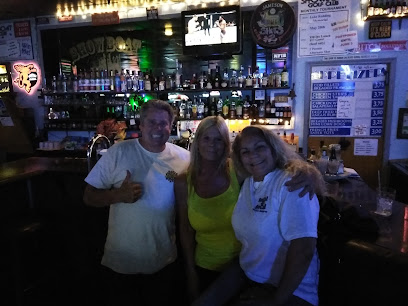
Local Phrases about Shasta Cascade
-
- HelloHowdy
[haw-dee] - GoodbyeSee ya
[see ya] - YesYep
[yep] - NoNope
[nope] - Please/You're welcomePlease/Welcome
[pleez/welcome] - Thank youThanks
[thanks] - Excuse me/SorryPardon me/My bad
[par-dn me/my bad] - How are you?Howdy
[haw-dee] - Fine. And you?Good. You?
[good. yoo?] - Do you speak English?Ya speak English?
[ya speak ing-lish?] - I don't understandI dunno
[I dunno]
- HelloHowdy
-
- I'd like to see the menu, pleaseCan I see the menu?
[can eye see the menu?] - I don't eat meatI'm a veggie
[im uh vedgie] - Cheers!Cheers!
[cheers!] - I would like to pay, pleaseCheck, please
[check, please]
- I'd like to see the menu, pleaseCan I see the menu?
-
- Help!Help!
[help!] - Go away!Scram!
[scram!] - Call the Police!Call the cops!
[call the cops!] - Call a doctor!Get a doc!
[get a doc!] - I'm lostI'm lost
[im lost] - I'm illI'm sick
[im sick]
- Help!Help!
-
- I'd like to buy...Gimme...
[gim-me] - I'm just lookingJust lookin'
[just look-in] - How much is it?How much?
[how much?] - That's too expensiveToo pricey
[too pry-see] - Can you lower the price?Can ya do better?
[can ya do bet-ter?]
- I'd like to buy...Gimme...
-
- What time is it?What time?
[what time?] - It's one o'clockIt's one
[its one] - Half past (10)Half past ten
[half past ten] - MorningMornin'
[morn-in] - AfternoonAfternoon
[after-noon] - EveningEvenin'
[even-in] - YesterdayYesterday
[yes-ter-day] - TodayToday
[to-day] - TomorrowTomorrow
[to-mor-row] - 1One
[wun] - 2Two
[too] - 3Three
[three] - 4Four
[four] - 5Five
[five] - 6Six
[six] - 7Seven
[seven] - 8Eight
[eight] - 9Nine
[nine] - 10Ten
[ten]
- What time is it?What time?
-
- Where's a/the...?Where's the...?
[wheres the...?] - What's the address?What's the addy?
[whats the add-y?] - Can you show me (on the map)?Can ya show me?
[can ya show me?] - When's the next (bus)?When's the next bus?
[whens the next bus?] - A ticket (to ....)A ticket (to ...)
[uh ticket (to ...)]
- Where's a/the...?Where's the...?
History of Shasta Cascade
-
Long before European settlers arrived, the Shasta Cascade region was home to several indigenous tribes, including the Wintu, Achomawi, and Modoc peoples. These tribes lived in harmony with the land, practicing fishing, hunting, and gathering. They developed rich cultural traditions and spiritual practices deeply intertwined with the natural landscape.
-
The first Europeans to explore the Shasta Cascade region were Spanish missionaries and fur trappers in the early 19th century. Notably, explorer Jedediah Smith traversed the area in the 1820s, mapping unknown territories and establishing fur trade routes. This period marked the beginning of European influence in the region.
-
The California Gold Rush of 1848 brought a flood of prospectors to the Shasta Cascade region. Towns like Yreka and Shasta sprang up almost overnight as people flocked to the area in search of fortune. This era saw significant growth, with infrastructure such as roads and railways being developed to support the burgeoning population.
-
The Modoc War of 1872-1873 was a significant conflict between the Modoc tribe and the United States Army. The Modocs, led by Captain Jack, resisted relocation to a reservation, resulting in a series of battles around the Lava Beds National Monument. The war ended with the capture and execution of Captain Jack, but it remains a poignant chapter in the region's history.
-
In the late 19th and early 20th centuries, the Shasta Cascade region experienced a boom in the timber industry. Forests of majestic pines and redwoods were harvested to supply the growing demand for lumber. Towns like McCloud and Weed became centers of logging activity, and railroads were extended to transport the valuable timber.
-
The construction of Shasta Dam in the 1930s and 1940s was a monumental engineering project that transformed the region. As part of the Central Valley Project, Shasta Dam created Shasta Lake, providing water storage, hydroelectric power, and flood control. The dam's completion was a pivotal moment in the development of California's water infrastructure.
-
Lassen Volcanic National Park was established in 1916, preserving the unique volcanic landscape of the region. The park is home to Lassen Peak, an active volcano that last erupted in 1914-1917. The park's geothermal features, such as boiling springs and fumaroles, attract visitors from around the world and highlight the dynamic geological history of the Shasta Cascade.
-
Railroads played a crucial role in the development of the Shasta Cascade region. The Southern Pacific Railroad and other lines connected remote areas with major cities, facilitating the transport of goods and people. The railroads were instrumental in supporting industries such as mining, timber, and agriculture, and they helped shape the economic landscape of the region.
-
The natural beauty of the Shasta Cascade region has long attracted outdoor enthusiasts. The establishment of national forests, parks, and recreation areas in the 20th century promoted activities such as hiking, fishing, camping, and skiing. These recreational opportunities have become a vital part of the region's culture and economy, drawing visitors year-round.
Shasta Cascade Essentials
-
Shasta Cascade is located in Northern California, USA. The region is accessible by several means of transportation. The nearest major airport is Sacramento International Airport, approximately 150 miles south of Redding, the largest city in the Shasta Cascade region. From Sacramento, you can rent a car or take a bus to reach your destination. Alternatively, you can fly into Redding Municipal Airport, which offers limited regional flights. Amtrak's Coast Starlight route also stops in Redding, providing a scenic rail option.
-
To explore Shasta Cascade, a car is highly recommended due to the region's vastness and the dispersed nature of its attractions. Rental cars are available at major airports and in larger towns. Public transportation options are limited, but RABA (Redding Area Bus Authority) offers local bus services in Redding. For more remote areas, consider local shuttle services or guided tours. Cycling is also a popular way to see the scenic routes, especially around Lake Siskiyou and Lassen Volcanic National Park.
-
The official currency in the United States is the US Dollar (USD). Credit and debit cards are widely accepted in hotels, restaurants, and shops throughout the Shasta Cascade region. ATMs are available in all major towns and cities. However, it's advisable to carry some cash, especially if you plan to visit more remote areas where card payment facilities might be limited.
-
Shasta Cascade is generally a safe destination for tourists. However, it's important to take standard precautions. Avoid leaving valuables in your car, especially in plain sight. Some areas in larger towns like Redding have higher crime rates, particularly at night. Always stay aware of your surroundings, especially in less populated areas. In case of any emergency, dial 911 for immediate assistance.
-
In the event of an emergency, dial 911 for police, fire, or medical assistance. Redding has several hospitals, including Shasta Regional Medical Center and Mercy Medical Center. Familiarize yourself with the locations of the nearest medical facilities, especially if you're venturing into remote areas. It's also advisable to carry a basic first-aid kit and ensure your travel insurance covers emergency situations.
-
Fashion: Do wear comfortable, layered clothing suitable for varying weather conditions, especially if you're hiking or spending time outdoors. Avoid wearing flip-flops or open-toed shoes on trails. Religion: Do be respectful when visiting religious sites, such as indigenous sacred places. Public Transport: Do be courteous and allow passengers to disembark before boarding. Don't play loud music or engage in disruptive behavior. Greetings: Do greet people with a friendly 'hello' or a handshake. Californians are generally informal. Eating & Drinking: Do try local specialties like fresh trout and craft beers. Don't litter, and always clean up after yourself in natural areas.
-
To experience Shasta Cascade like a local, visit the farmers' markets in towns like Redding and Mount Shasta for fresh produce and artisanal goods. Engage with locals by participating in community events and outdoor activities such as hiking, fishing, and boating. Don't miss the opportunity to explore lesser-known trails and hidden waterfalls. For a unique experience, take a scenic drive along the Volcanic Legacy Scenic Byway, which offers breathtaking views of the region's volcanic landscapes.
Nearby Cities to Shasta Cascade
-
Things To Do in Klamath Falls
-
Things To Do in Reno
-
Things To Do in Sparks
-
Things To Do in Tahoe City
-
Things To Do in Carson City
-
Things To Do in Sacramento
-
Things To Do in Portland
-
Things To Do in Napa
-
Things To Do in Lodi
-
Things To Do in Bend
-
Things To Do in Antioch
-
Things To Do in Martinez
-
Things To Do in Stockton
-
Things To Do in Concord
-
Things To Do in Brentwood













